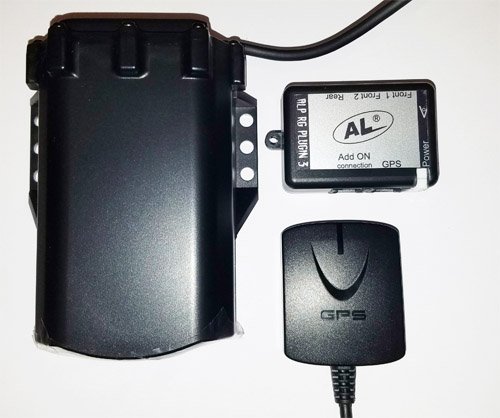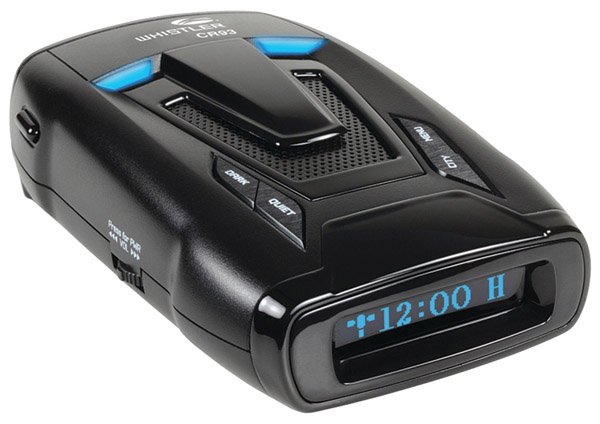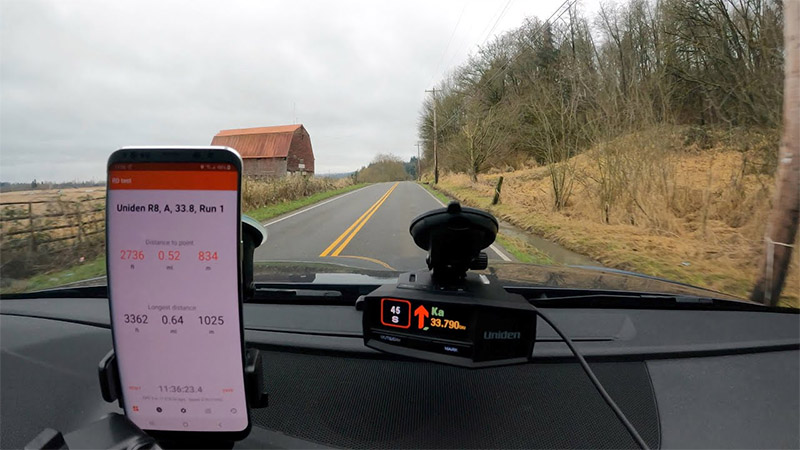
USA, Laurence KS / China, Shanghai, 2M raised, founded 2015.īeing a startup, Ainstein implements startups’ core value: speed. Will the industry follow TI’s approach, thus giving a massive boost to automotive radar startups? We will check it next year.

The result is that at least five startups mentioned below use TI RF frontends or SoC for the developments. The development boards are available for just USD 150. The comprehensive explanations, including whitepapers, datasheets, CAD files, are available on the website without any restrictions. But unlike the rest of the industry, Texas Instruments simplified the process of acquiring these RF and SoC components. Technically it is just another 77 GHz MIMO solution. These companies are capable of developing the entire radar but focused on a component in the system.Ī couple of years ago, one of the known RF manufacturers, Texas Instruments, released a new family of its AWR transceivers. Due to the complexity of post-processing, it also requires more processing power and leads to a higher unit cost.Ĭomplementary components: Such as new antenna configurations and materials. The processing itself takes time and lengthens the entire data processing pipeline. However, there are serious obstacles to this approach. Analyzing a sequence of frames, a processor can approximate the points or objects to increase the accuracy of the measurements. Their range and angular coordinates will also differ. The issue is that these points or objects will vary from frame to frame. Imagine a radar sending certain frames every second each contains a point cloud or a list of objects.

And it does not matter which hardware did the signal acquisition and pre-processing. Hardware-agnostic: It implies that the benefits are gained by some sort of post-processing. RF part of an imaging radar provides an enormous data stream to the processor, so the startups need to develop a processing part and an analog one. Proprietary hardware: SoC or separated analog and processing parts.

With so many companies, what are the approaches being taken by each? There are three major ones: But as the automotive radar market grows year to year, and four out of five most funded startups are not yet valued, we could name the first automotive radar unicorn in 2022. This amount of data, of course, gives just a rough estimate of how much radar startups can be valued at. valuation 40M, source: Valuation in a private financing round This year, for the first time, we have estimates for the valuation of certain companies for November 2021 (in USD). Related ResourcesĪs startups grow, their business develops as well as their technologies. And it happened despite some cooldown caused by pandemic restrictions. Since the beginning of 2020, more than 156M has been raised by the startups mentioned here. As ADAS and self-driving topic is on the rise, funding follows. And it is three times more than we had four years ago. Arbe Robotics, 55M raised, first mentioned 2017.Echodyne, 64M raised, first mentioned 2017.Oculii, 76M raised, first mentioned 2017.Uhnder, 145M raised, first mentioned 2018.Vayyar, 188M raised, first mentioned 2017.But the rest four of them are still here and show a good pace! Just check the list of the five most funded automotive radar startups up to date (in USD):

One of the startups decided not to continue with the development, and another two have changed their focus. Not to say there were just seven startups on the market, but there were just seven that disclosed enough about their approach. Back in 2017, we had seven companies in the review.


 0 kommentar(er)
0 kommentar(er)
